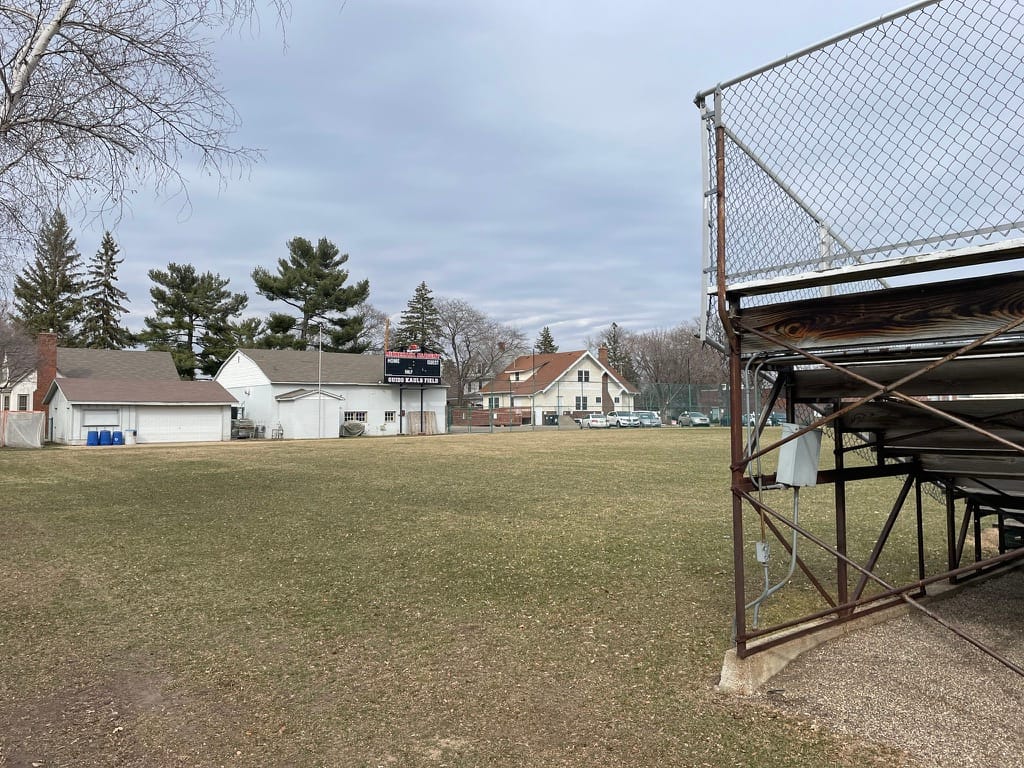⚽️ Fight continues over Minnehaha Academy soccer field upgrades
The school is asking the city for the variances it needs for its soccer field overhaul. A group of neighbors has stepped up pressure to reject or modify the plans.

Longfellow Whatever is supported by subscribers.
Subscribe today for full access to news about the fine-grained details of life in Longfellow!
SubscribeAlready have an account? Log in


